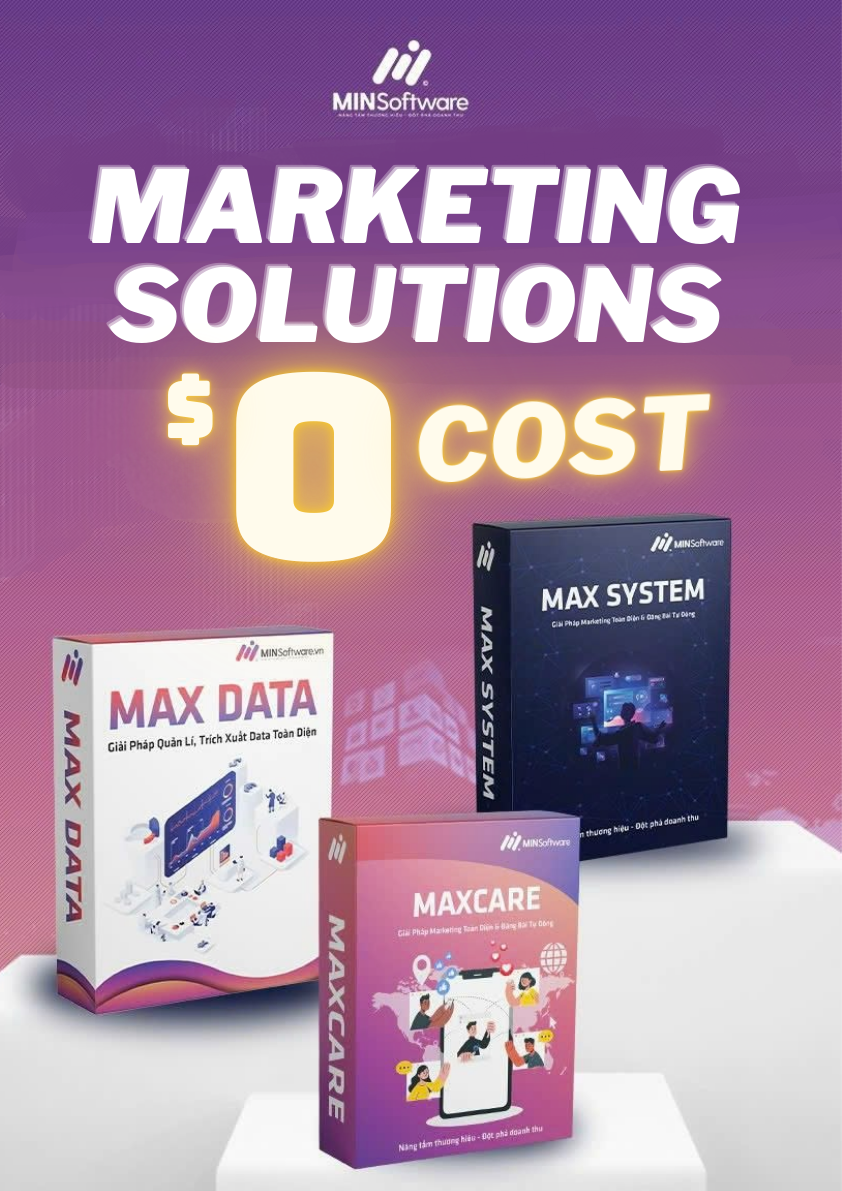
Master Your Marketing with AI-Powered Remote Control, All in One Solution

Provides automated phone farming technology on mobile devices
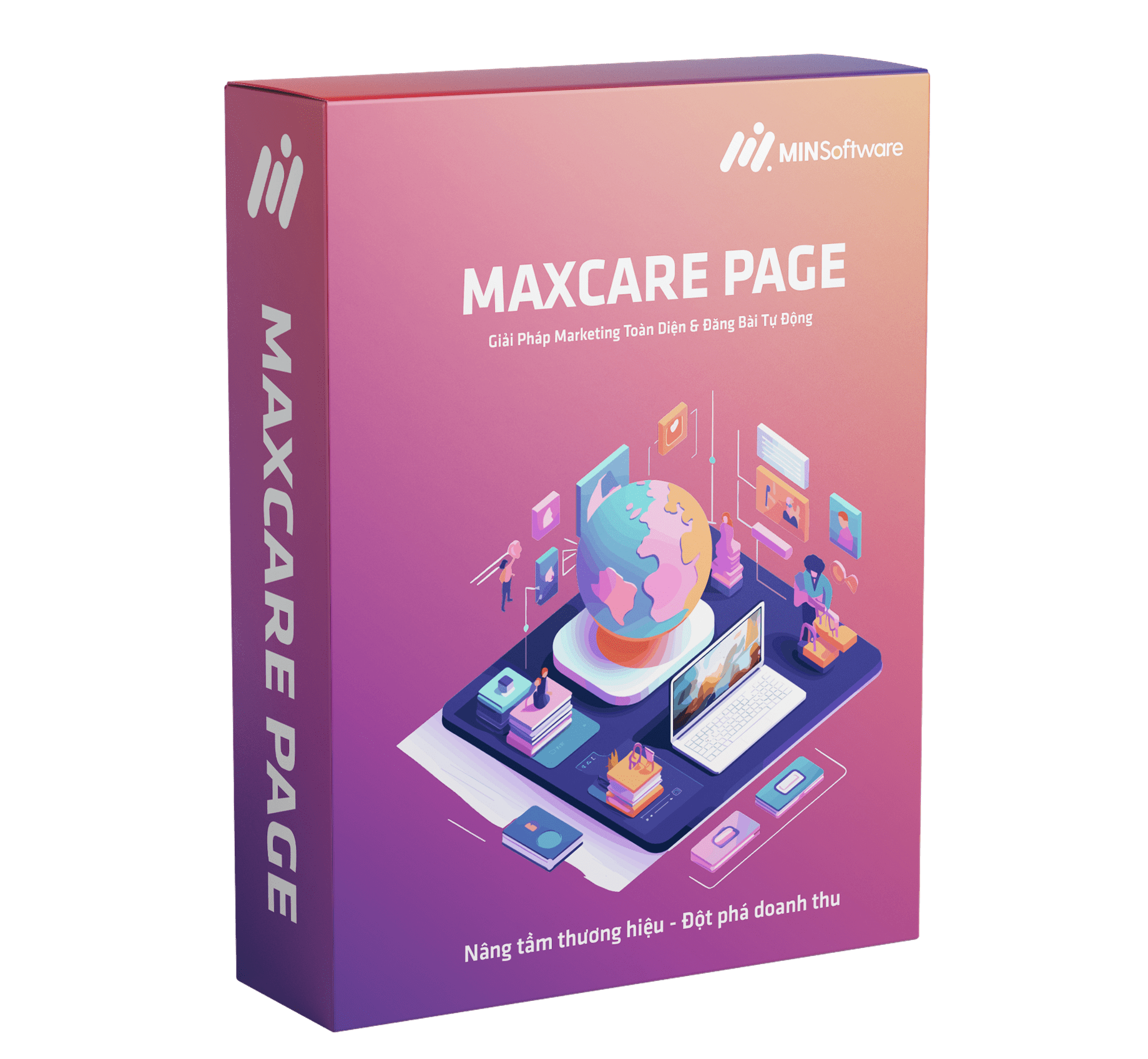
Account farming, information changing, interaction
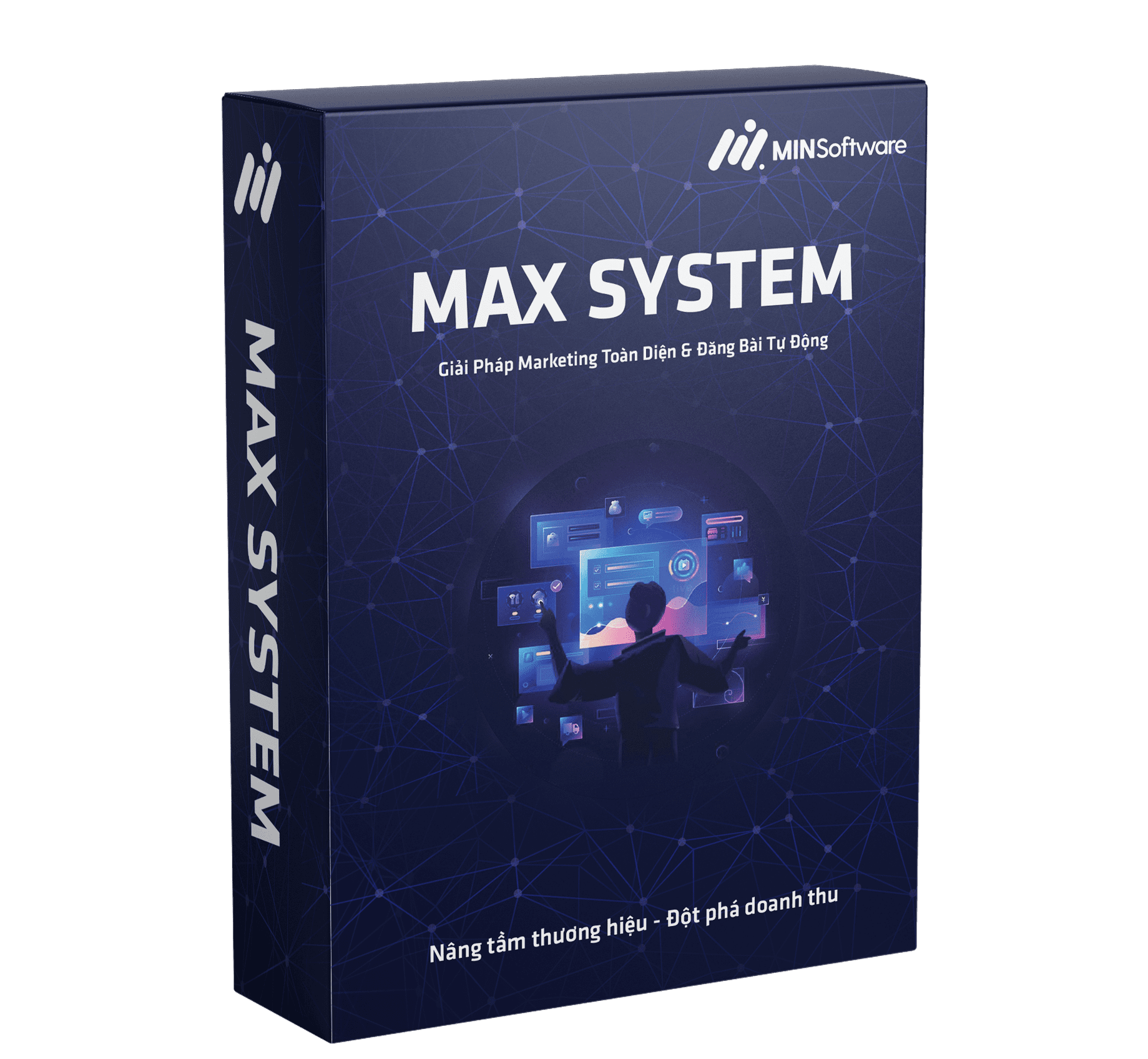
Farm Facebook accounts on a virtual machine
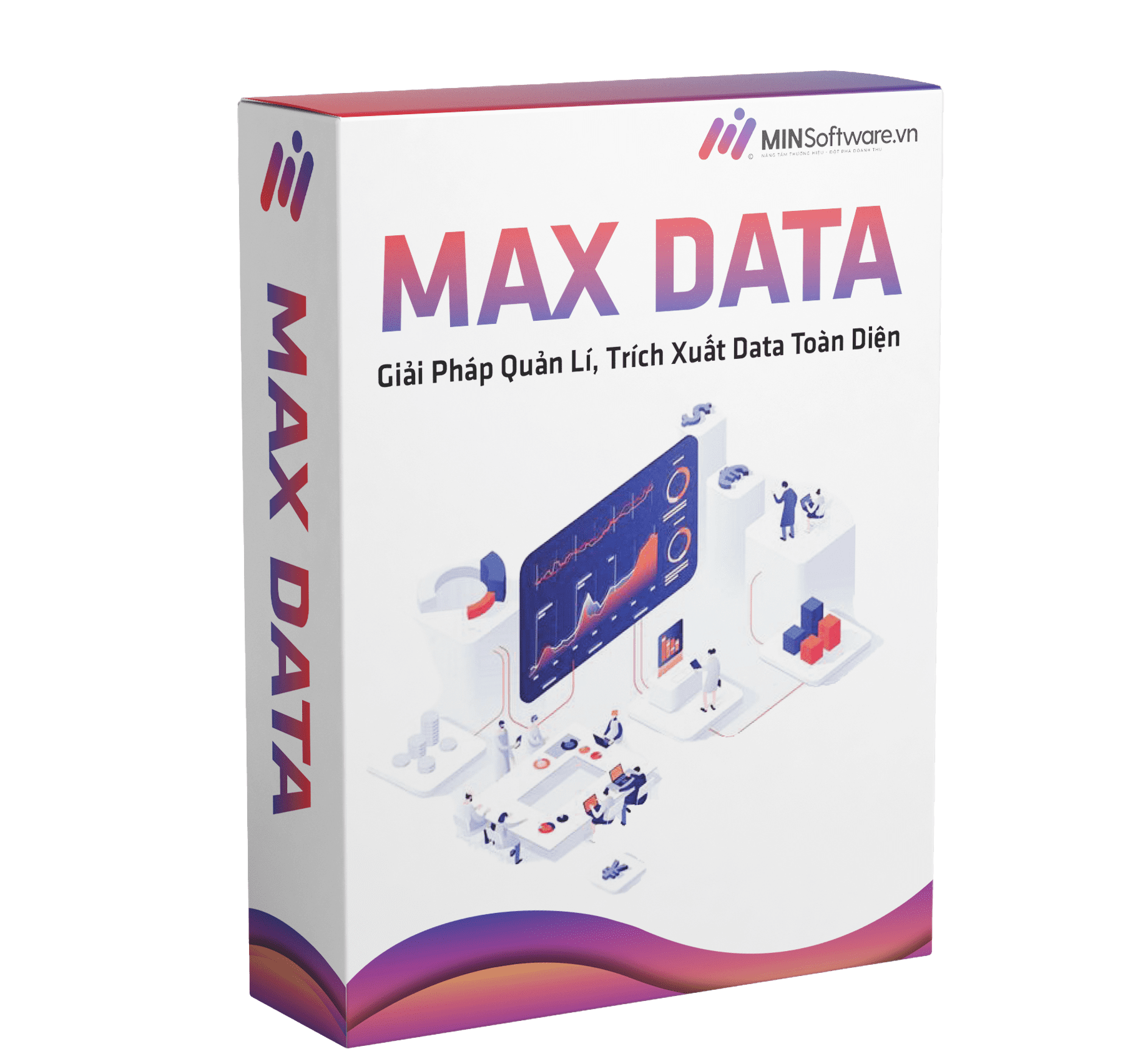
Scan data from Facebook as needed
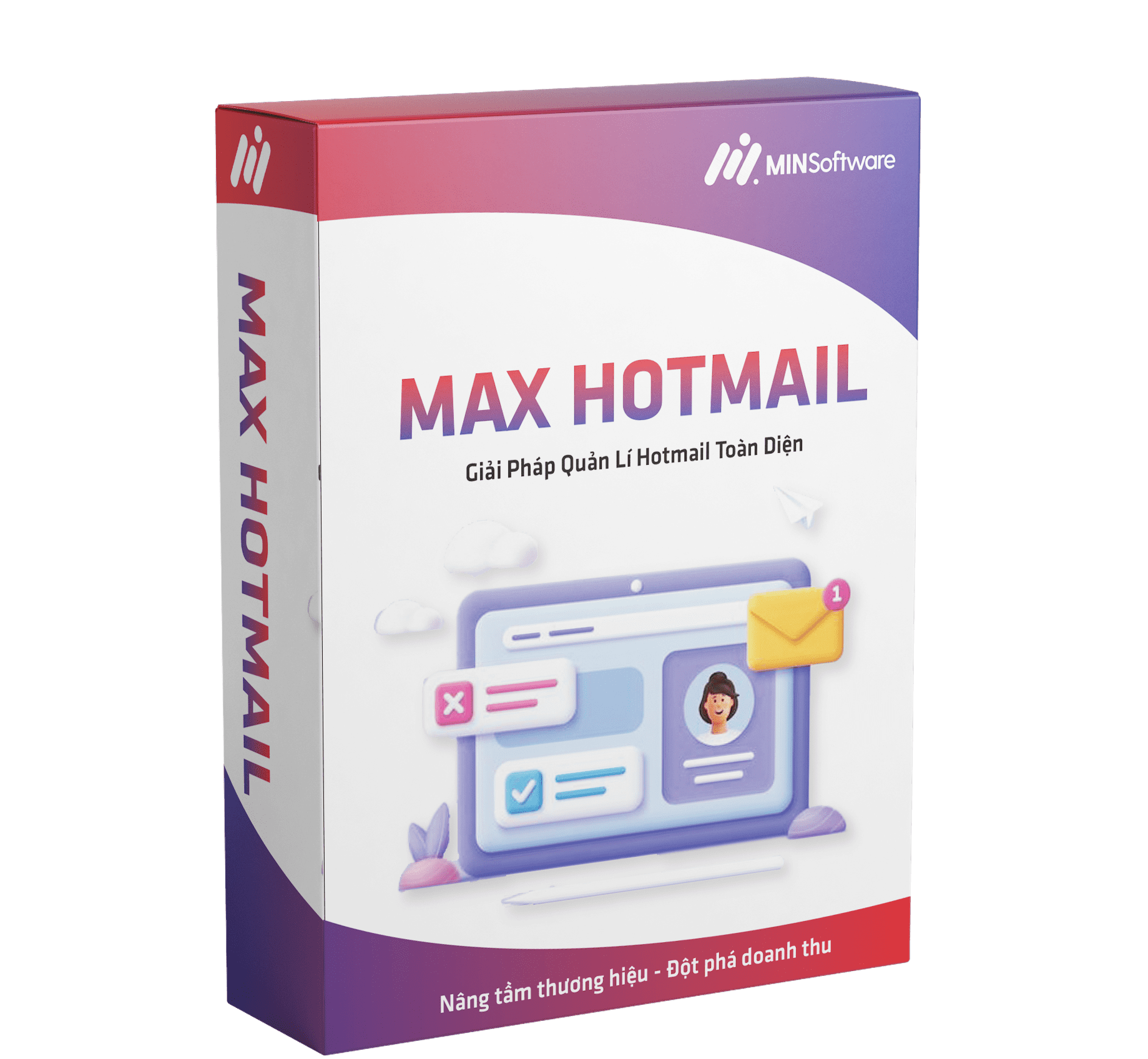
Farm and manage multiple Hotmail accounts
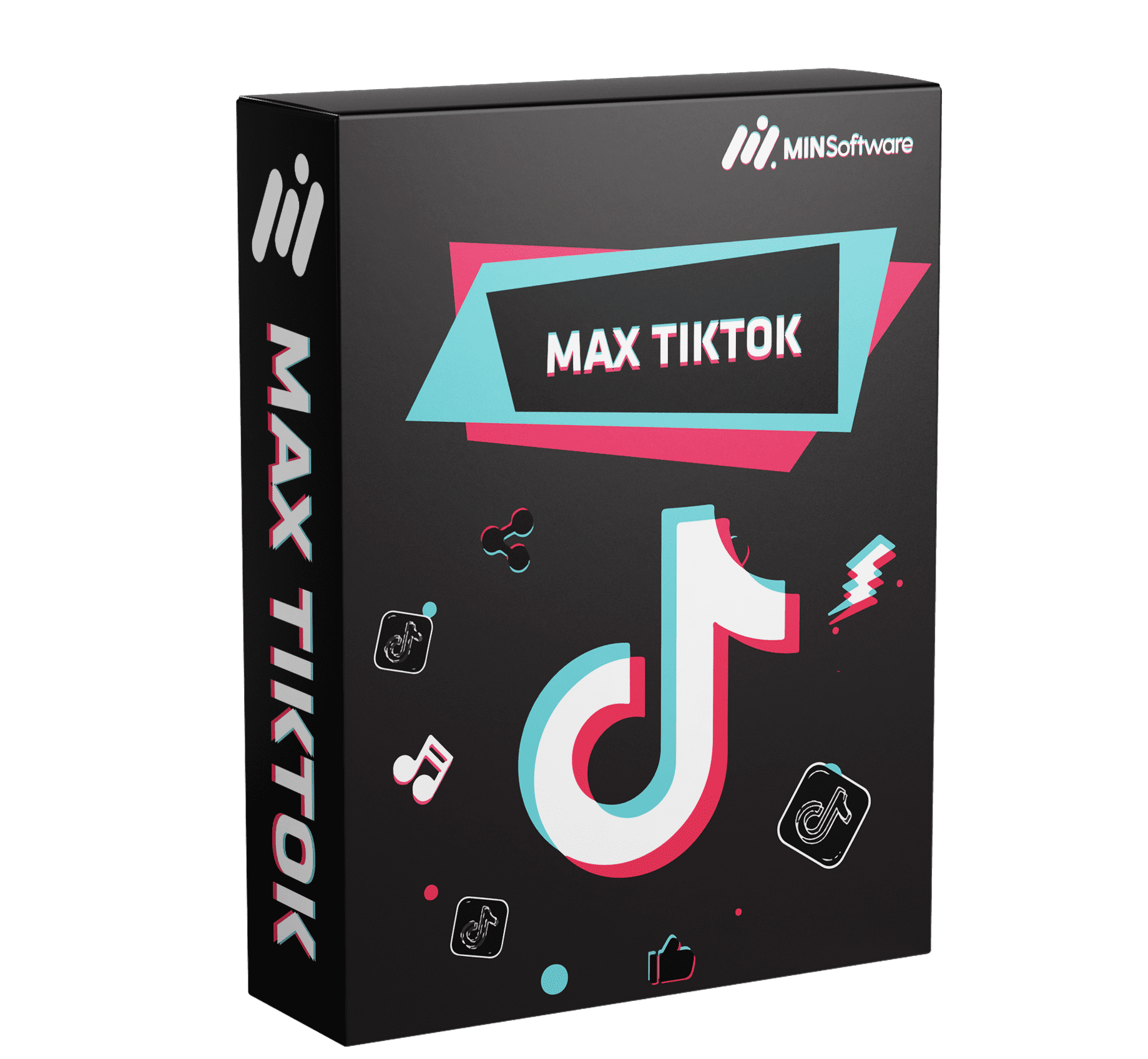
Manage and boost interaction for TikTok accounts
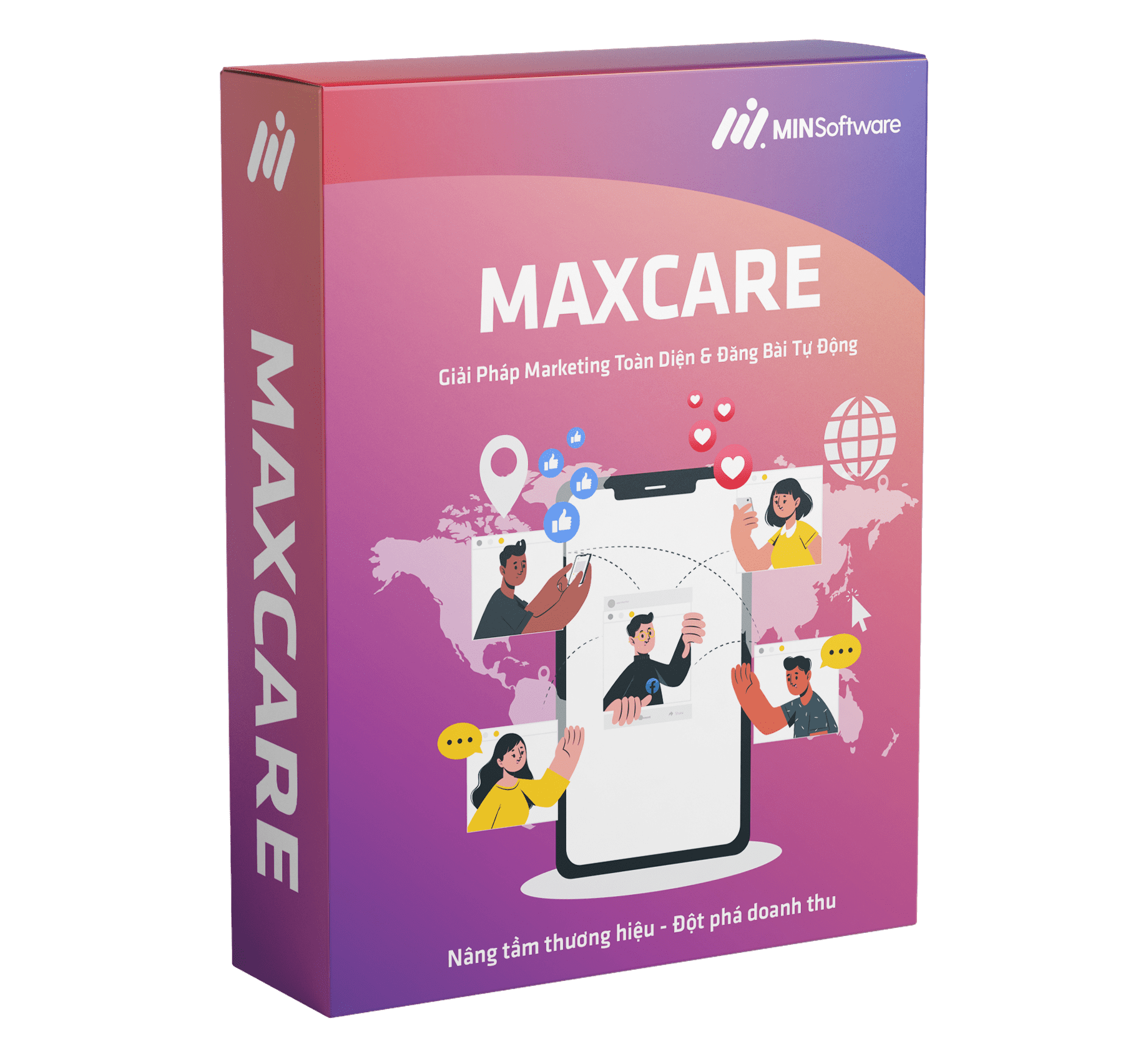
Manage and automate Facebook fan pages
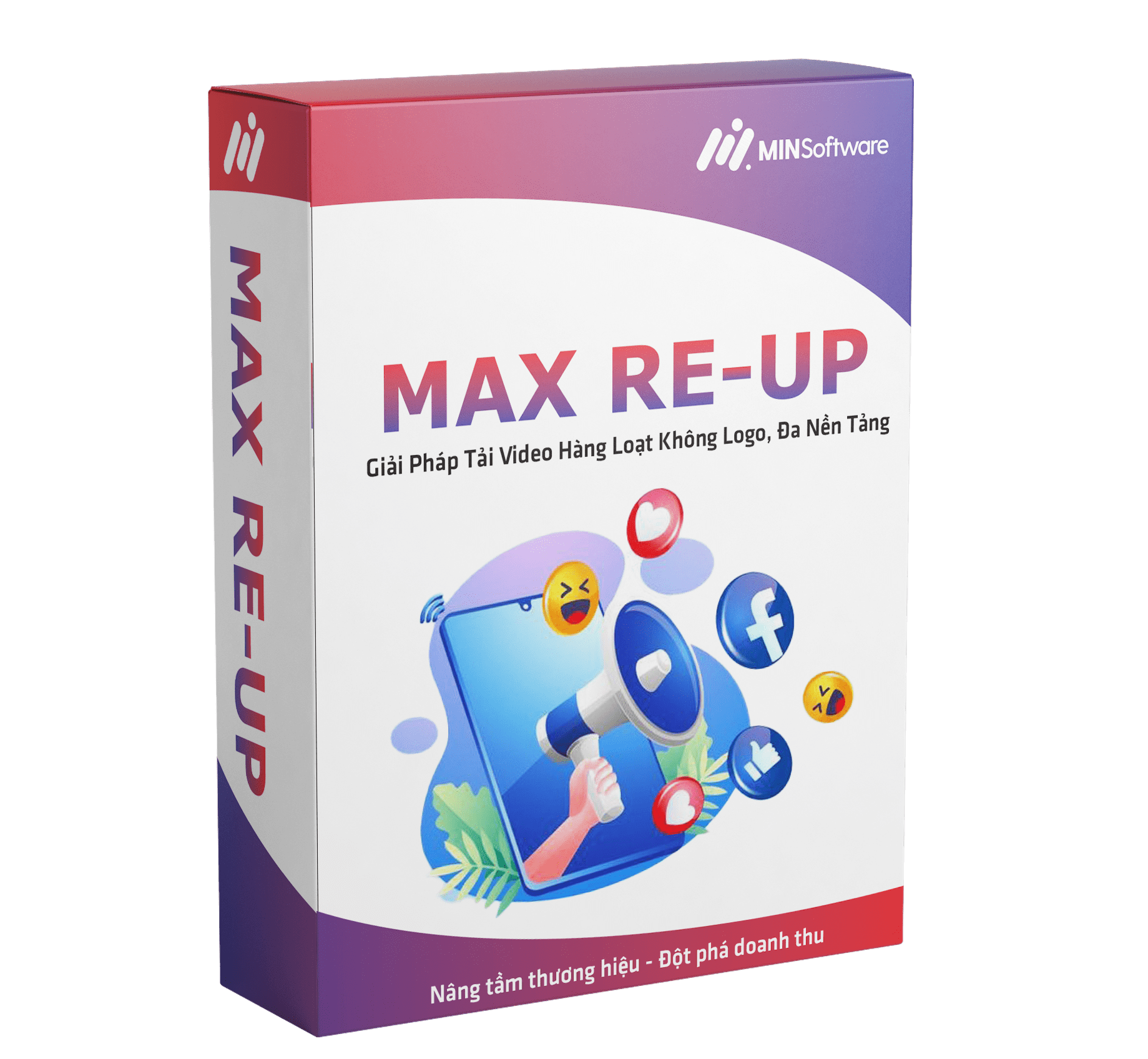
Reupload videos, manage Facebook fan pages
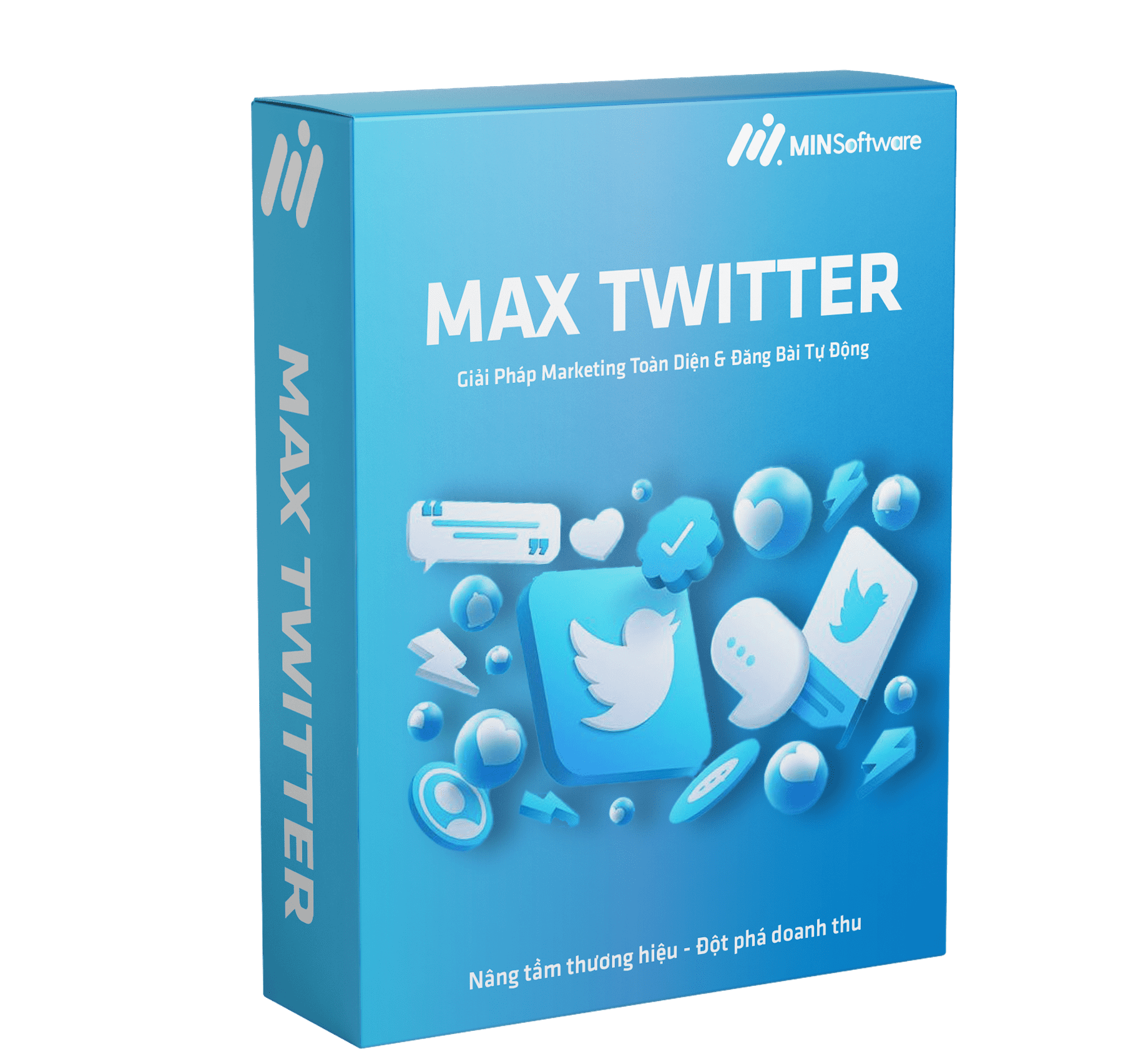
Manage multiple Twitter accounts, interact.
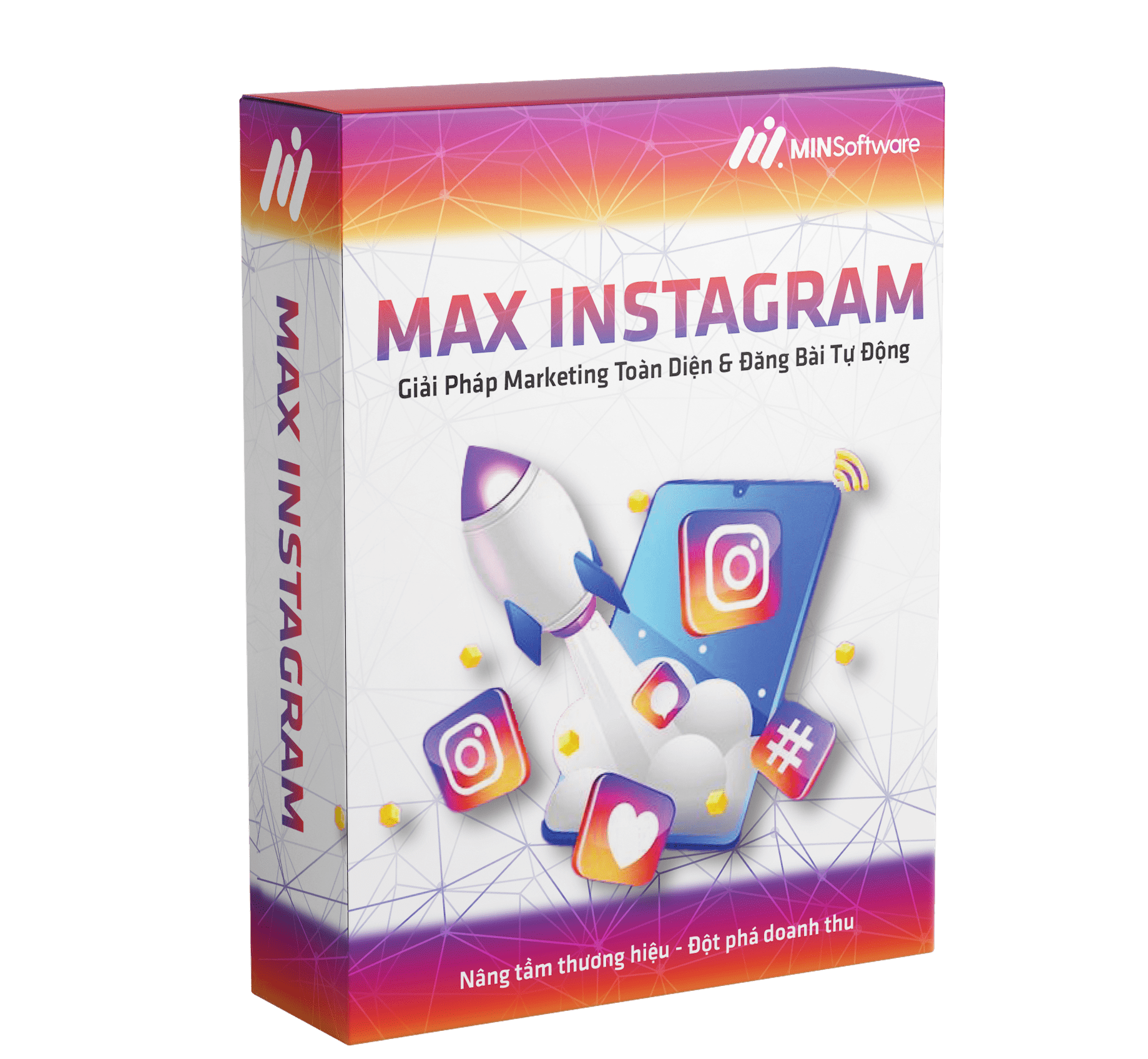
Automate Instagram account management
MINSoftware is a company specializing in providing software solutions to automate and optimize business operations, especially in the field of industrial marketing. MINSoftware’s solutions help businesses manage social media accounts, automatically post on groups, and interact with customers effectively.
Key benefits of MINSoftware:
Automate processes: Help businesses save time and effort by automating posting and managing social media accounts.
Save costs: Reduce operating costs by automating marketing activities and customer interactions.
Enhance customer interactions: Help businesses maintain and expand customer relationships through automatic and continuous interactions on online platforms.
MINSoftware is the ideal tool to help businesses improve operational efficiency and develop sustainably in the digital environment.
Outstanding features:
Multi-account management: Log in and manage multiple accounts on the same interface.
Search and interact: Search for potential customers by keywords, hashtags, locations, … and automatically interact (like, comment, follow).
Post and schedule: Post in bulk, schedule automatic posting on multiple accounts and multiple platforms.
Seeding: Create and manage seeding campaigns to increase interaction and spread messages.
Message management: Automatically reply to messages, categorize and manage conversations with customers.
Reporting and analysis: Track performance, measure key metrics.
MINSoftware solves the following problems:
Multi-account management: Saves you time and effort when having to manage multiple accounts on different platforms.
Manual interaction: Automate interaction tasks, helping you reach more potential customers.
Ineffective posting: Schedule posts automatically at the best time, optimize reach.
Difficult seeding: Create and manage seeding campaigns easily and professionally.
Messy message management: Sort and respond to messages automatically, improve customer experience.
Lack of detailed reporting: Provide full performance reports, help you make data-driven decisions.
MINSoftware is suitable for many audiences:
Individuals: Online business people, influencers, content creators who want to manage and develop their social media channels.
Small businesses: Businesses with limited resources, want to optimize marketing activities on social networks.
Agency: Agencies providing marketing services, need tools to manage multiple customer accounts and implement effective campaigns.
Versatile: Supports many different platforms and marketing channels.
Ease of use: Friendly interface, easy to operate even for beginners.
Highly customizable: Allows you to adjust features according to specific needs.
24/7 support: Enthusiastic, professional support team is ready to answer any questions during use.
Reasonable price: Provides diverse service packages, suitable for all budgets.
MINSoftware supports various online marketing platforms and channels, helping businesses easily manage and automate social media activities. The main platforms that MINSoftware supports include:
Facebook: Manage accounts, automatically post, seed on groups and personal pages, as well as interact with customers.
Instagram: Supports automatic posting, seeding, and interaction management to optimize marketing campaigns.
Telegram: Provides tools for managing groups, channels, and sending automatic messages in bulk, helping to optimize customer reach.
Twitter: Supports automatic tweeting, account management, and interaction with followers on this platform.
TikTok: Helps manage and optimize content on short video platforms, helping businesses attract young customers.
You can use MINSoftware to perform many tasks related to managing and optimizing activities on social networking platforms. Some of the key features that MINSoftware supports include:
Maintain a large number of accounts (nicks): MINSoftware allows you to automate the management and maintenance of multiple social networking accounts at the same time (e.g. Facebook, Instagram, Telegram). This helps you maintain continuous operation of accounts without manual operations
Fanpage Management: You can use MINSoftware to manage content and interactions on your Fanpage, helping to optimize customer care and enhance marketing activities
Posting and mass seeding: MINSoftware’s tool supports automatic mass posting on multiple groups and personal pages, and seeding posts to increase interaction and reach customers
Automatic interaction: MINSoftware helps automatically interact with users, such as liking, commenting or sharing posts, to create attention and positive interactions on social networking platforms
0 0 0
Yes, MINSoftware provides detailed documentation and video tutorials on the official YouTube channel. These videos help users easily install and use the software effectively. You can find them on the website, fanpage, community group, YouTube channel Or contact MINSoftware’s support team directly.
0 0 0
Absolutely! MINSoftware understands that getting used to a new software can take time. Therefore, we provide comprehensive support services for new users:
Detailed documentation: Including written and video instructions, helping you get familiar with the software interface and features step by step.
Professional support team: Ready to answer any questions and support you during the software usage process through multiple communication channels such as hotline, email and live chat.
Online/direct training courses: We organize regular training courses to help you master how to use MINSoftware most effectively.
Marketing strategy consulting: Our team of experts is ready to advise and support you in building a Marketing strategy that suits your business goals.
MINSoftware is committed to accompanying you on the path to success in the field of Marketing!
Zero-cost marketing is the art of “transforming” existing resources into effective marketing tools without direct spending. While traditional marketing often relies on large advertising budgets, Zero-cost marketing focuses on creativity, quality content, and relationship building to attract customers.
0 0 0
Although it does not cost money directly for advertising, Zero-dollar Marketing still requires investment in time, effort and sometimes some small costs such as:
Support tools: Some social media management tools, email marketing, graphic design may have fees.
Human resources: Personnel in charge of planning, content creation, community management, etc.
Opportunity cost: Time spent on Zero-dollar Marketing can be used for other activities
0 0 0
Benefits:
Cost-effective: Especially suitable for new businesses or businesses with limited budgets.
Build relationships: Build trust and customer loyalty through authentic interactions.
Increase brand awareness: Spread brand messages and values naturally.
Sustainable development: Focus on content quality and customer experience, creating a solid foundation for long-term growth.
Disadvantages:
Time-consuming and labor-intensive: Requires patience and investment of resources to build and maintain.
Slow results: Not as effective as paid advertising.
Algorithm-dependent: Effectiveness can be affected by changes in the platforms’ algorithms.
Difficult to measure: Accurately assessing effectiveness can be more complicated than with paid advertising.
Zero-cost marketing can be applied to many types of businesses, but its effectiveness will vary depending on:
Industry: Some industries may find it easier to create engaging and engaging content.
Customer base: If your target audience is active on social media, zero-cost marketing may be more effective.
Business objectives: Zero-cost marketing is more suitable for branding and relationship building goals, while paid advertising may be more effective for driving short-term sales.
Resources: You need to have enough time, effort, and skills to execute zero-cost marketing effectively.
Define clear goals: What do you want to achieve through Zero Cost Marketing?
Research your target audience: Who are they? What are their needs and interests?
Choose the right channels: What platforms do your target customers use?
Plan your content: Create a posting schedule, diversify your content, ensure quality and consistency.
Build relationships: Engage with customers, create a community, encourage sharing and discussion.
Measure and evaluate: Track KPIs, analyze results and adjust your strategy as needed.
Market research: Learn about the demographics, interests, and behaviors of your target customers.
Use hashtags: Use industry-related, product/service-related hashtags to reach the right audience on social media.
Join groups and forums: Search for and participate in online communities where your target customers are active.
Optimize SEO: Make sure your website and content appear at the top of search results when customers search for related keywords.
Collaborate with partners: Find partners with similar customer segments to cross-promote products/services.
Use analytics tools: Social media platforms and websites often provide free analytics tools to track views, interactions, conversions, etc.
Set goals and KPIs: Clearly define the goals of each campaign and KPIs to measure effectiveness.
Track links: Use link shorteners to track clicks and conversions from zero-cost marketing channels.
Customer surveys: Collect feedback from customers to evaluate the satisfaction and effectiveness of the campaign.
Reach: Number of people who saw your content.
Engagement: Number of likes, comments, shares.
Website visits: Number of people who visited your website from 0-dollar marketing channels.
Conversion rate: Percentage of viewers who took the desired action (purchase, sign up, etc.).
Brand mentions: Number of times your brand was mentioned on social media and other online channels.
Customer satisfaction index: Customer reviews of your products/services and experiences with your brand.
Social networks (Facebook, Instagram, TikTok, …)
Advantages: Reach a large number of users, high interaction, build a community, diverse content forms.
Disadvantages: High competition, algorithm dependence, requires investment of time and effort to manage.
SEO (Search Engine Optimization)
Advantages: Increase natural website traffic, reach potential customers, long-term effectiveness.
Disadvantages: Require professional knowledge, high competition, slow results.
Email marketing
Advantages: Directly reach customers, personalize content, build relationships, low cost.
Disadvantages: Require a quality email list, easy to get spammed if not careful.
Blog
Advantages: Provide value to customers, build credibility, increase SEO rankings, reusable content.
Disadvantages: Requires investment of time and effort to write quality articles, attracting views takes time.
Public Relations (PR)
Advantages: Increase brand awareness, build credibility, reach mass media.
Disadvantages: Difficult to control message, dependent on media relations.
Create engaging content: Diverse in form (photos, videos, livestreams), creative, suitable for each platform and target audience.
Use hashtags: Research and use popular and relevant hashtags to increase reach.
Interact: Reply to comments, messages, join groups, discussions.
Organize minigames, giveaways: Create excitement and encourage users to interact and share.
Collaborate with influencers: Leverage the influence of celebrities to reach a wider audience
SEO is the “golden key” for your website to appear at the top of search results, attracting potential customers without spending money on advertising. To do SEO effectively without spending money, you can apply the following tactics:
Keyword research: Find out the keywords that your target customers often use to search for products/services.
Content optimization: Create quality content, containing relevant keywords, providing useful information for readers.
Link building: Create quality links from reputable websites to your website.
Technical optimization: Make sure your website is search engine friendly, fast loading speed, easy to use on all devices.
Register for Google My Business: Help your business appear on Google Maps and local search results.
Email marketing: Send emails that provide useful information, promotions, or exclusive content to your subscribers.
Blog: Write blog posts that share knowledge, experiences, or useful information related to your industry.
Public relations (PR): Send press releases, participate in events, build relationships with the media to increase brand awareness.
Word of mouth marketing: Encourage satisfied customers to refer your products/services to friends and relatives.
Community participation: Be active in online communities, forums, and groups to build relationships and promote your brand organically.
Understand your target audience: Understand their needs, interests, and problems to create content that meets their expectations.
Be creative and unique: Don’t copy other people’s content, create new and different ideas.
Diversify formats: Combine text, images, videos, infographics, etc. to make your content richer and more engaging.
Quality over quantity: Focus on creating less but high-quality content instead of posting too much without value.
Storytelling: Use storytelling to create an emotional connection with your audience.
Repurpose content: Turn one piece of content into multiple formats to post on multiple channels.
Blog: Share your expertise, experience, and useful information related to your industry.
Email marketing: Send emails that provide value to customers, such as tips, promotions, or exclusive content.
Video: Create instructional videos, product introductions, or share your brand story.
Infographics: Present information in a visual, easy-to-understand, and engaging way.
Ebooks, whitepapers: Provide in-depth, valuable content to attract potential customers.
Social media: Post engaging content, interact with users, and build communities.
Define your message: What do you want to convey through your story?
Build characters: Create characters that your audience can empathize with and relate to.
Create conflict and resolution: A compelling story needs conflict and resolution to capture the audience’s attention.
Use emotional language: Evoke the audience’s emotions to create a deeper connection.
End meaningfully: Leave a positive impression and a clear message for your audience.
Interact regularly: Respond to comments, messages, and answer customer questions quickly and friendly.
Personalize: Send birthday wishes, thank customers for their purchases, create a sense of care and appreciation.
Create exclusive content: Share information, special offers only for those who follow you on social networks or sign up to receive emails.
Organize events, minigames: Create opportunities for customers to interact, connect and experience your products/services.
Listen and respond: Collect feedback from customers and use it to improve your products/services and content.
“High competition: Many businesses are using Zero-dollar marketing, so you need to be creative and different to stand out.
Slow results: Zero-dollar marketing requires patience, you need time to build credibility and attract customers.
Measure effectiveness: Accurately assessing the effectiveness of Zero-dollar marketing can be more difficult than paid advertising.
Algorithm dependent: Effectiveness can be affected by algorithm changes of social media platforms and search engines.
To overcome these challenges, you need to:
Plan a clear strategy: Identify goals, target audience, communication channels and appropriate content.
Focus on quality: Create valuable, useful and engaging content for your target customers.
Be persistent and consistent: Post content regularly, engage with customers, and don’t give up if you don’t see immediate results.
Track and measure: Use analytics tools to evaluate price effectively and adjust your strategy as needed.
Be flexible and adaptable: Markets and technology are always changing, be ready to update your knowledge and adjust your strategy.”
Airbnb: Uses user-generated content (UGC) to build community and promote brand.
Dropbox: Rapid growth through referral program.
HubSpot: Builds credibility and leads through blogs and free resources.
GoPro: Creates a passionate community of users through video contests and content sharing.
Dollar Shave Club: Uses humorous and viral videos to gain attention and increase sales.
Livestream: Interact directly with your audience, introduce products, answer questions, create intimacy and trust.
Influencer marketing: Collaborate with influencers to reach a wider audience and build trust.
Short videos: Create short, engaging, viral videos on platforms like TikTok, Reels, YouTube Shorts.
Podcasts: Share knowledge, experiences or brand stories through audio.
Online communities: Build and nurture communities on social media platforms, forums,
Zero-cost marketing will continue to grow and become more important than ever in the future. The development of technology, especially artificial intelligence (AI) and virtual reality (VR/AR), will open up many new opportunities for Zero-cost marketing. At the same time, consumer behavior increasingly favors authentic, personalized, and valuable experiences, making Zero-cost marketing an indispensable tool to connect and build trust with customers.
0 0 0
Choosing the right “playground” is the first step to winning! Consider the following factors carefully:
What is your goal? Do you want to build your brand, find potential customers or boost sales? Each platform has its own strengths. For example, Facebook is great for building communities, Instagram is a “paradise” for eye-catching images, and TikTok is incredibly “hot” with short videos.
Where are your customers? What are their ages, interests, and habits? Find out which platforms they “play” on the most.
Do you have enough resources? Managing multiple platforms at the same time takes time and effort. Be realistic and choose what you can “take care of” best.
What are your competitors doing? “Look at them” to learn and find your own direction.
What are the latest trends? Which platforms are “on the throne”? Are there any exciting new features? Don’t miss the new “wave”!
Profile and cover photos: Choose high-quality images that clearly represent your brand. The profile photo should be easily recognizable, while the cover photo can convey a message or introduce a product/service.
Description (bio): Short, impressive, clearly stating who you are and what you offer. Don’t forget to add a link to your website or landing page.
Contact information: Provide complete information so customers can easily contact you, including phone number, email, address (if available).
Username: Choose a name that is easy to remember, easy to search, and related to your brand.
Customize the interface: If the platform allows, customize the colors and layout to create consistency with your brand.
Use keywords: Incorporate keywords related to your industry, product/service in your descriptions and posts to increase your search engine visibility.
Quality content: Post content that is useful, entertaining, or inspiring to your target audience. Be creative and varied to attract attention.
Call to action (CTA): Encourage viewers to take a specific action, such as “Follow”, “Visit website”, “Buy now”.
Engagement: Respond to comments and messages quickly and friendly. Join groups and discussions to increase your visibility and build relationships.
Running ads: Use ads to reach a wider target audience and increase your followers.
Managing multiple social media accounts at the same time is a difficult problem, but Maxcare can help you solve this problem, especially with Facebook. With Maxcare, you can automatically interact, post, mass seeding and manage hundreds of accounts safely and effectively, helping you save a lot of time and effort.
0 0 0
Quality content: This is key. Content must be useful, entertaining, or inspiring to your target audience. Invest in creating unique, creative, and valuable content.
Interact: Respond to comments and messages quickly and friendly. Join groups and discussions to increase visibility and build relationships.
Use hashtags: Research and use appropriate hashtags to reach the right audience.
Organize minigames and giveaways: Create excitement and encourage users to follow and interact.
Collaborate with influencers: Leverage the influence of celebrities to reach a wider audience.
Ask questions: Encourage viewers to comment and share their opinions.
Images/videos: Visual content is always more engaging than plain text. Use beautiful images and creative videos to increase interaction.
Livestream: Create intimacy and interact directly with the audience.
Call to action: “Like”, “Comment”, “Share” if you find it useful.
Organize contests and minigames: Encourage users to interact for a chance to win prizes.
Create a group: Gather people with similar interests and concerns.
Organize events: Offline or online, create opportunities to interact and connect.
Loyalty program: Offer incentives and gifts exclusively for loyal members.
Regular interaction: Respond to comments and messages, create a feeling of being heard and cared for.
Exclusive content: Share special content only for community members.
Reach: Number of people who saw the post.
Engagement: Total number of likes, comments, shares.
Conversion rate: Percentage of viewers who took the desired action (purchase, sign up, etc.).
Brand mentions: Number of times the brand is mentioned on social media.
Follower growth rate: Number of new followers in a given period.
Customer feedback: Customer reviews and comments about the product/service.
Variety: Combine text, images, videos, infographics, etc.
Creativity: Use witty, humorous language, or touching stories.
Value: Provide useful information, solve problems for viewers.
Relevance: Content must be relevant to the brand and target audience.
Storytelling: Use storytelling to create an emotional connection with the audience.
Beautiful design: Invest in high-quality images, videos, and harmonious layouts.
Facebook: 1-2 posts/day, noon and evening.
Instagram: 1-3 posts/day, morning, noon, evening.
TikTok: 3-5 videos/day, focusing on peak hours.
Zalo: 1-2 posts/day, morning or evening.
Note: This is just a reference time frame, you should experiment and adjust to find the posting schedule that best suits your audience.
Facebook/Instagram Ads: Advertise posts, images, videos, stories, carousels, etc. Suitable for many goals, from increasing awareness to boosting sales.
TikTok Ads: Short video ads, effective for young audiences.
Zalo Ads: Ads displayed on Zalo, reaching potential customers.
Google Ads: Ads displayed on Google search results and partner networks, suitable when customers are looking for your products/services.
Target audience: Clearly define your audience, as detailed as possible (age, gender, interests, behavior).
Content: Beautiful images/videos, clear messages, strong calls to action.
A/B testing: Test multiple ad versions to find the most effective version.
Tracking and measuring: Use analytics tools to evaluate effectiveness and continuously adjust campaigns.
Retargeting: Show ads again to people who have interacted with your brand before.
Timing: Run ads during times when your target audience is often online.
Budget optimization: Use the platform’s automatic budget optimization feature.
Strong passwords: Use complex passwords that combine uppercase, lowercase, numbers, and special characters. Don’t use the same password for multiple accounts.
Two-factor authentication: Turn this on for extra security.
Be careful with links: Don’t click on strange links to avoid being scammed or installing malware.
Keep your software up to date: Always use the latest versions of your browser, apps, and operating system.
Limit access from public devices: Avoid logging into social media accounts from public computers or wifi networks.
Train your staff: If multiple people manage your accounts, train them on security measures.
Regular monitoring: Check comments and messages regularly.
Respond quickly: For negative comments, respond politely, professionally, and find a way to resolve the problem.
Hide/delete comments: If the comment is too offensive or offensive, hide or delete it.
Report: If you encounter harassment or threats, report it to the platform.
Dialogue: If there are false rumors, speak up to explain and provide accurate information.
Transparency: Be honest and open in handling the crisis.
Contact support: If you are locked or lose access, contact the platform’s support department immediately.
Provide information: Prepare the necessary information to verify your identity (email, phone number, username, etc.).
Be patient: The resolution process may take time, please wait patiently and follow the instructions of the support department.
Review policies: If your account is locked due to policy violations, review and adjust your content and behavior.
Short, creative videos: Content must be unique, trendy, and attract attention in the first few seconds.
Music, effects: Use music and effects to make the video more vivid and attractive.
Hashtag: Use popular and product-related hashtags to increase accessibility.
Livestream: Direct interaction, product introduction, promotions, creating a sense of closeness with customers.
TikTok Shop: Integrate a store right on TikTok for customers to easily shop.
Collaborate with influencers: Take advantage of the influence of TikTokers to promote products.
Zalo Official Account: Create an official account to take care of customers, send messages, and notify promotions.
Zalo Shop: Sell directly on Zalo, manage orders, and make payments.
Zalo Group: Create a group to interact and share information with loyal customers.
Zalo Page: Introduce your business, products/services, and post content.
Zalo Ads: Run ads to reach potential customers.
Take advantage of Zalo OA features: Create chatbots, minigames, and surveys to increase interaction with customers.
Create an event: Fill in all the information (name, time, location, description), add attractive images, call for participation.
Promote: Share the event on personal pages, groups, fanpages, run Facebook Ads.
Livestream: Broadcast the event live to increase interaction and attract viewers.
Collaborate with partners: Invite partners, influencers to participate and promote the event.
Create content: Post content related to the event before, during and after the event to maintain interest.
Quality images: Invest in beautiful images, harmonious layout, attractive colors.
Stories: Share everyday moments, behind the scenes, new products, create closeness with viewers.
Reels: Short, creative, trend-catching videos, take advantage of music and effects.
IGTV: Longer videos, suitable for tutorials, interviews, sharing in-depth knowledge.
Use hashtags: Research and use appropriate hashtags to reach the right audience.
Interaction: Reply to comments, messages, participate in conversations, build relationships.
Run contests, giveaways: Create excitement and encourage users to interact.
Livestream: Live shopping, real-time interaction, creating authentic experiences for customers.
Influencer marketing: Collaborate with influencers to reach a wider audience and build trust.
Personalization: Content and advertising are tailored to each user’s interests and behaviors.
Social commerce: Direct sales on social networks, integrated payments, simplifying the shopping process.
Virtual/augmented reality (VR/AR) experiences: Create unique, highly interactive experiences that attract attention.
User-generated content (UGC): Encourage customers to create content about the brand, increase authenticity and spread.
AI:
Chatbot: Automate customer care, answer FAQs, assist with purchases.
Data Analytics: Collect and analyze user data to better understand target audiences, optimize advertising campaigns.
Content Personalization: Recommend content tailored to each user based on their interests and behaviors.
VR/AR:
Virtual Product Try-On: Allow customers to experience products before buying, increase conversion rates
AI (Artificial Intelligence) is a field of computer science that focuses on creating systems that can perform tasks that typically require human intelligence, such as learning, reasoning, problem solving, and speech and image recognition.
For businesses, AI can bring many great benefits:
Increased efficiency and productivity: AI can automate repetitive tasks, freeing up employees to focus on more creative and strategic tasks.
Improved customer experience: AI can provide 24/7 customer service, personalize shopping experiences, and predict customer needs.
Optimized processes: AI can analyze data to find opportunities to improve processes, reduce costs, and increase operational efficiency.
Data-driven decision making: AI can analyze large amounts of data to generate insights, helping businesses make better decisions.
New product and service development: AI can assist in market research, product development, and creating new services that meet customer needs.
Marketing: Personalize customer experience, analyze user behavior, optimize advertising campaigns, create automated content.
Sales: Predict customer needs, recommend suitable products, automate sales processes.
Customer care: Provide 24/7 customer support via chatbot, analyze customer sentiment, resolve problems quickly.
Manufacturing: Optimize production processes, control quality, predict equipment maintenance.
Logistics: Optimize shipping routes, manage inventory, predict shipping needs.
Finance: Detect fraud, assess credit risk, automate accounting processes.
Human resources: Smart recruitment, evaluate employee performance, develop talent.
Absolutely! Today, there are many AI solutions designed specifically for small and medium-sized businesses that are affordable and easy to deploy. Some examples include:
Chatbots: Provide automated customer support, reducing the workload on employees.
Email marketing tools: Automate email sending processes, personalize content, analyze campaign performance.
Social media management tools: Schedule posts, analyze interactions, find potential customers.
Data analytics tools: Turn data into useful information, helping businesses make informed decisions.
Define your goals: What problem do you want AI to solve? Increase efficiency, improve customer experience, or optimize processes?
Evaluate your data: Do you have enough data to train your AI model? If not, you need to collect and clean the data.
Choose the right solution: Research available AI solutions on the market, choose the one that fits your business goals, budget, and scale.
Implement and test: Work with a solution provider or AI expert to implement and test the solution.
Evaluate and improve: Monitor the effectiveness of the AI solution, collect feedback from users, and continuously improve.
The cost of implementing AI can range from a few million to billions of VND, depending on many factors:
Solution complexity: The more complex the AI solution, requiring advanced technology and more data, the higher the cost.
Scale of implementation: Implementing AI across the entire business will be more expensive than implementing it for a specific department or process.
Customization: If you need to customize the AI solution to suit the specific needs of the business, the cost will increase.
Provider: Cost also depends on the solution provider and the accompanying support services.
0 0 0
Depending on the complexity of the solution and your business’s technological capabilities, you may be able to implement AI yourself or seek the assistance of experts. If you do not have a strong IT team or the AI solution requires specialized knowledge, hiring experts will help ensure a successful and efficient implementation.
0 0 0
Plan carefully: Identify integration points, processes to adjust, and resources needed.
Choose a compatible solution: Make sure the AI solution can easily connect and exchange data with existing systems.
Test and refine: Conduct small-scale tests before full deployment, and continuously monitor and adjust to optimize efficiency.
Train employees: Teach employees how to use new technology and explain the benefits of AI so they are ready to embrace the change.
Identify KPIs: Clearly identify the key performance indicators (KPIs) that you want to improve with AI, e.g. increase sales, reduce costs, improve customer satisfaction.
Collect data: Track and collect KPI-related data before and after AI implementation.
Analyze data: Use analytics tools to compare results and evaluate the effectiveness of AI.
Adjust and improve: Based on the analysis results, adjust and improve the AI solution for better performance.
AI can replace humans in some repetitive and low-skilled tasks. However, AI cannot completely replace humans, especially in tasks that require creativity, critical thinking, communication skills and emotions.
In the future, the role of humans will shift to higher-value tasks, such as:
AI management and supervision: Ensuring AI works effectively and for the right purpose.
AI development and improvement: Research and develop new AI solutions, enhance AI capabilities.
Creativity and innovation: Create new ideas, new products, new services.
Build and maintain relationships: Communicate and interact with customers and partners.
Cloud platforms: AWS, Azure, Google Cloud provide a variety of AI services, from basic to advanced.
Chatbot tools: Dialogflow, ManyChat, Tidio help build chatbots quickly and easily.
Email marketing platforms: Mailchimp, ActiveCampaign, HubSpot integrate AI to personalize email content.
Data analysis software: Tableau, Power BI support data analysis and visualization.
Machine learning platforms: TensorFlow, PyTorch, Scikit-learn provide tools to build and train AI models
AI can bring many benefits, but it also comes with risks to data security and privacy. To protect your business data when using AI, you should note:
Data encryption: Encrypt sensitive data before storing or transmitting.
Access control: Restrict access to data and AI systems to authorized users.
Regular updates: Update software and AI systems to patch security vulnerabilities.
Risk assessment: Conduct regular risk assessments to identify and address potential issues.
Choose a reputable provider: If using AI services from a third party, choose a reputable provider and ensure they have strong security measures in place.
Lack of quality data: AI needs data to learn and work effectively. If the data is insufficient or of poor quality, AI will not be able to work well.
High costs: Implementing AI can require significant investments in technology, personnel, and training.
Lack of talent: Finding and recruiting AI talent can be a challenge.
Changing corporate culture: Implementing AI can require changing the way employees work and think.
Ethical and legal issues: Using AI can raise ethical and legal issues, such as discrimination or privacy violations.
To overcome these challenges, businesses need to:
Plan carefully: Clearly define goals, evaluate data, choose the right solution, and prepare the necessary resources.
Invest in training: Train employees on AI and how to work with new technologies.
Build a culture of innovation: Encourage employees to experiment and take risks.
Regulatory compliance: Ensure the use of AI complies with ethical and legal regulations.
To work effectively with AI, you need the following skills:
AI understanding: Mastering the basic concepts of AI, machine learning, and deep learning.
Data analysis skills: Ability to collect, process, and analyze data.
Programming skills: Knowledge of some popular programming languages such as Python, R, or Java.
Critical thinking and problem solving: Ability to identify problems, analyze, and find solutions.
Communication skills: Ability to explain AI concepts to non-specialists and work effectively in teams.
